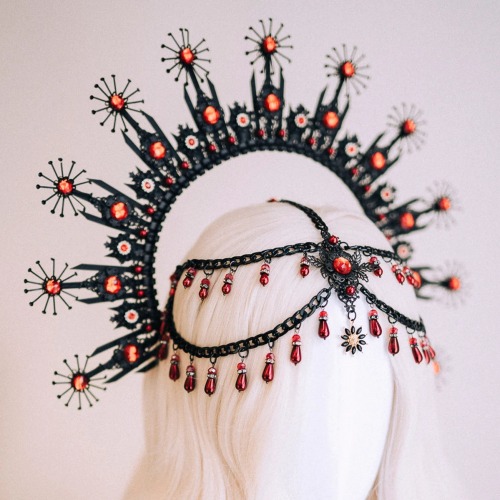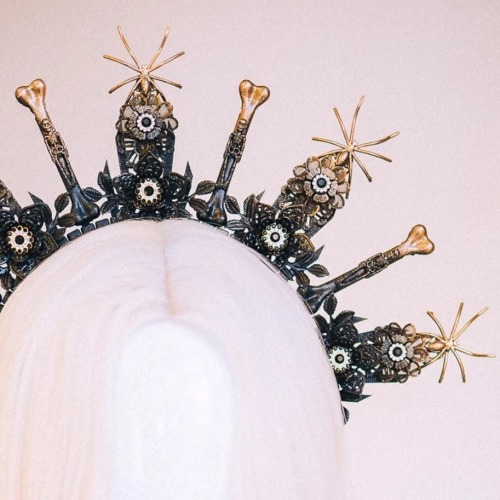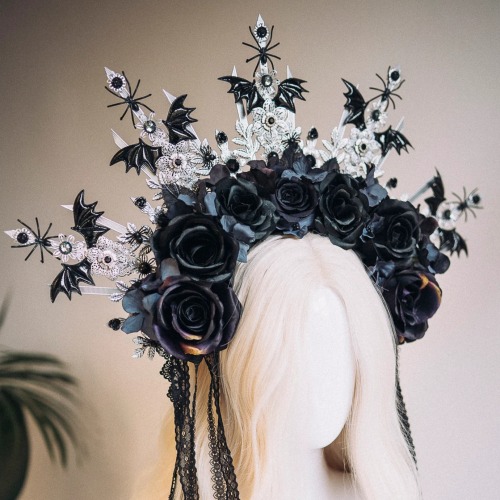The Dream Thieves Is The Most Perfect Book Ever Because Adam And Gansey Are Going Through A Divorce,
the dream thieves is the most perfect book ever because adam and gansey are going through a divorce, blue is breaking up with adam, ronan lets go of his crush on gansey in favor of perusing his para-religious devotion to adam full time, kavinsky is obsessed with having a threesome with gansey and ronan and sends gansey a dick pic from ronan’s phone, gansey starts dating blue behind adam's back the second they're freshly divorced and adam and blue have broken up, ronan turns kavinsky down and as a reaction to that kavinsky kidnaps ronans brother and then kills himself in front of their whole group. everyone is completely unfazed by this except for gansey who seems to care a little bit which adam thinks is cute. it's also in this book that the hitman who killed ronan’s dad starts hitting on blue’s mom. sound off in the comments if you know of any other ya books similar to this
More Posts from Lrs35 and Others
points to a sign that says “sometimes two people from the same marginalized community will want/need two very different things from their representation in fiction and they should both be allowed to find and make that representation to suit their own needs and neither should be criticized for not making the representation that the other wants”

life is so weird i have so many things to read
How will the world end?
it’s genuinely not something i think too much about. there are people to love and dishes to do in the meantime.
pls drink a lot of wine and be extraordinarily well read and buy too much perfume and write a few too many love letters and spread affection and poetry wherever you go

the water reflection of the bridge









Stitches from Heidi, Girl of the Alps (1974).










Carbickova Crowns on Etsy
Conveying Worldbuilding Without Exposition!

(As requested by both an anon and @my-words-are-light)
One of the hardest parts of writing speculative fiction is presenting readers with a world that’s interesting and different from our own in a way that’s both immersive and understandable at the same time.
Thankfully, there are a few techniques that can help you present worldbuilding information to your readers in a natural way, as well as many tricks to tweaking the presentation until it’s just right.
Four basic techniques:
1. The ignorant character.
By introducing a character who doesn’t know about the aspects of the world building you’re trying to convey, you can let the ignorant character voice the questions the reader naturally wants to ask. Traditionally, this is seen when the protagonist or (another character) is brought into a new world, society, organization. In cases where that’s the natural outcome of the plot, and the character has a purpose in the story outside of simply asking questions, it can be pulled off just fine. But there’s another aspect to this which writers don’t often consider:
Every character is your ignorant character.
In a realistic world, no person knows everything. Someone will be behind on the news. Someone won’t know all the facts. Many, many someones won’t have studied a common part of their society simply because they aren’t large part of that fraction or don’t have the time for it.
Instead of inserting an ignorant character and creating a stiff and annoying piece of expository dialogue, find the character already existing in the story who doesn’t know about the thing being learned.
2. Conflicting opinions.
A fantastic way to convey detailed world building concepts is to have characters with conflicting viewpoints discuss or argue about them. Unless you’re working with a brainwashed society, every character should hold their own set of religious, political, and social beliefs.
Examples of this kind of dialogue:
Seguir leyendo

Paper Lamps by Sachie Muramatsu
-
 nameless-be3 liked this · 1 month ago
nameless-be3 liked this · 1 month ago -
 aplacemadeforleaving liked this · 1 month ago
aplacemadeforleaving liked this · 1 month ago -
 yurireader liked this · 1 month ago
yurireader liked this · 1 month ago -
 thehatersandlosers liked this · 1 month ago
thehatersandlosers liked this · 1 month ago -
 thelollipopguild liked this · 1 month ago
thelollipopguild liked this · 1 month ago -
 peninkfood reblogged this · 1 month ago
peninkfood reblogged this · 1 month ago -
 03junkie reblogged this · 1 month ago
03junkie reblogged this · 1 month ago -
 03junkie liked this · 1 month ago
03junkie liked this · 1 month ago -
 nighthawked liked this · 1 month ago
nighthawked liked this · 1 month ago -
 bookhugers liked this · 1 month ago
bookhugers liked this · 1 month ago -
 edukss06 liked this · 1 month ago
edukss06 liked this · 1 month ago -
 arachisburning liked this · 1 month ago
arachisburning liked this · 1 month ago -
 speedypeanuttidalwave liked this · 1 month ago
speedypeanuttidalwave liked this · 1 month ago -
 naturallyblonde-5 liked this · 1 month ago
naturallyblonde-5 liked this · 1 month ago -
 shittily-reviews-books liked this · 1 month ago
shittily-reviews-books liked this · 1 month ago -
 umbelina-e-helena-na-luz liked this · 1 month ago
umbelina-e-helena-na-luz liked this · 1 month ago -
 only-slightly-sane liked this · 1 month ago
only-slightly-sane liked this · 1 month ago -
 queue-slur reblogged this · 1 month ago
queue-slur reblogged this · 1 month ago -
 deadnewt liked this · 1 month ago
deadnewt liked this · 1 month ago -
 usb-stick reblogged this · 1 month ago
usb-stick reblogged this · 1 month ago -
 usb-stick liked this · 1 month ago
usb-stick liked this · 1 month ago -
 kralmajales liked this · 1 month ago
kralmajales liked this · 1 month ago -
 tigercallalily liked this · 1 month ago
tigercallalily liked this · 1 month ago -
 nobinary reblogged this · 1 month ago
nobinary reblogged this · 1 month ago -
 bluelriczerny reblogged this · 1 month ago
bluelriczerny reblogged this · 1 month ago -
 bluelric liked this · 1 month ago
bluelric liked this · 1 month ago -
 yeehawevan reblogged this · 1 month ago
yeehawevan reblogged this · 1 month ago -
 yeehawevan liked this · 1 month ago
yeehawevan liked this · 1 month ago -
 gansey-like reblogged this · 1 month ago
gansey-like reblogged this · 1 month ago -
 blueberrytruth reblogged this · 1 month ago
blueberrytruth reblogged this · 1 month ago -
 excelxiors reblogged this · 1 month ago
excelxiors reblogged this · 1 month ago -
 saturnstargirl43 liked this · 1 month ago
saturnstargirl43 liked this · 1 month ago -
 bookishwords reblogged this · 1 month ago
bookishwords reblogged this · 1 month ago -
 bookishwords liked this · 1 month ago
bookishwords liked this · 1 month ago -
 sasuketron liked this · 1 month ago
sasuketron liked this · 1 month ago -
 grimdarks reblogged this · 1 month ago
grimdarks reblogged this · 1 month ago -
 grimdarks liked this · 1 month ago
grimdarks liked this · 1 month ago -
 nagipoem liked this · 1 month ago
nagipoem liked this · 1 month ago -
 austinemc13 liked this · 1 month ago
austinemc13 liked this · 1 month ago -
 catsundmaus liked this · 1 month ago
catsundmaus liked this · 1 month ago -
 litners-lending-library reblogged this · 1 month ago
litners-lending-library reblogged this · 1 month ago -
 inchampagneseas liked this · 1 month ago
inchampagneseas liked this · 1 month ago -
 pelicanpulp liked this · 1 month ago
pelicanpulp liked this · 1 month ago -
 lolotr reblogged this · 1 month ago
lolotr reblogged this · 1 month ago -
 spiderlucie reblogged this · 1 month ago
spiderlucie reblogged this · 1 month ago -
 emerald-truth reblogged this · 1 month ago
emerald-truth reblogged this · 1 month ago -
 all-chickens-are-trans reblogged this · 1 month ago
all-chickens-are-trans reblogged this · 1 month ago -
 lapislaluzie reblogged this · 1 month ago
lapislaluzie reblogged this · 1 month ago -
 fadedsaturated reblogged this · 1 month ago
fadedsaturated reblogged this · 1 month ago -
 fadedsaturated liked this · 1 month ago
fadedsaturated liked this · 1 month ago
